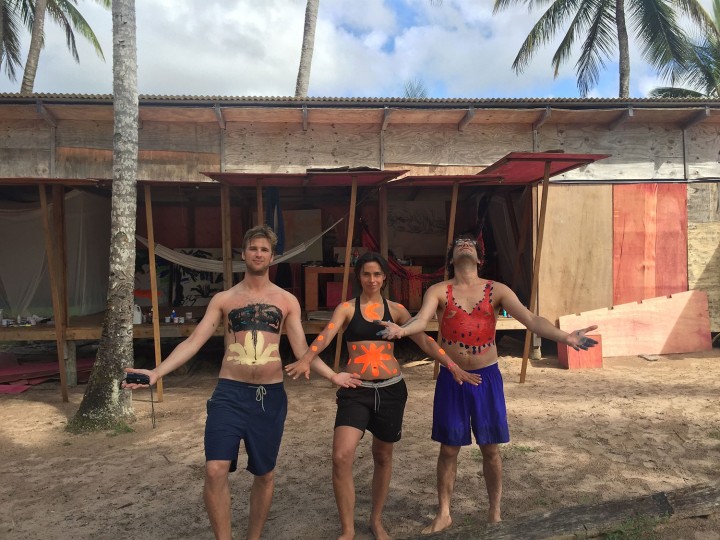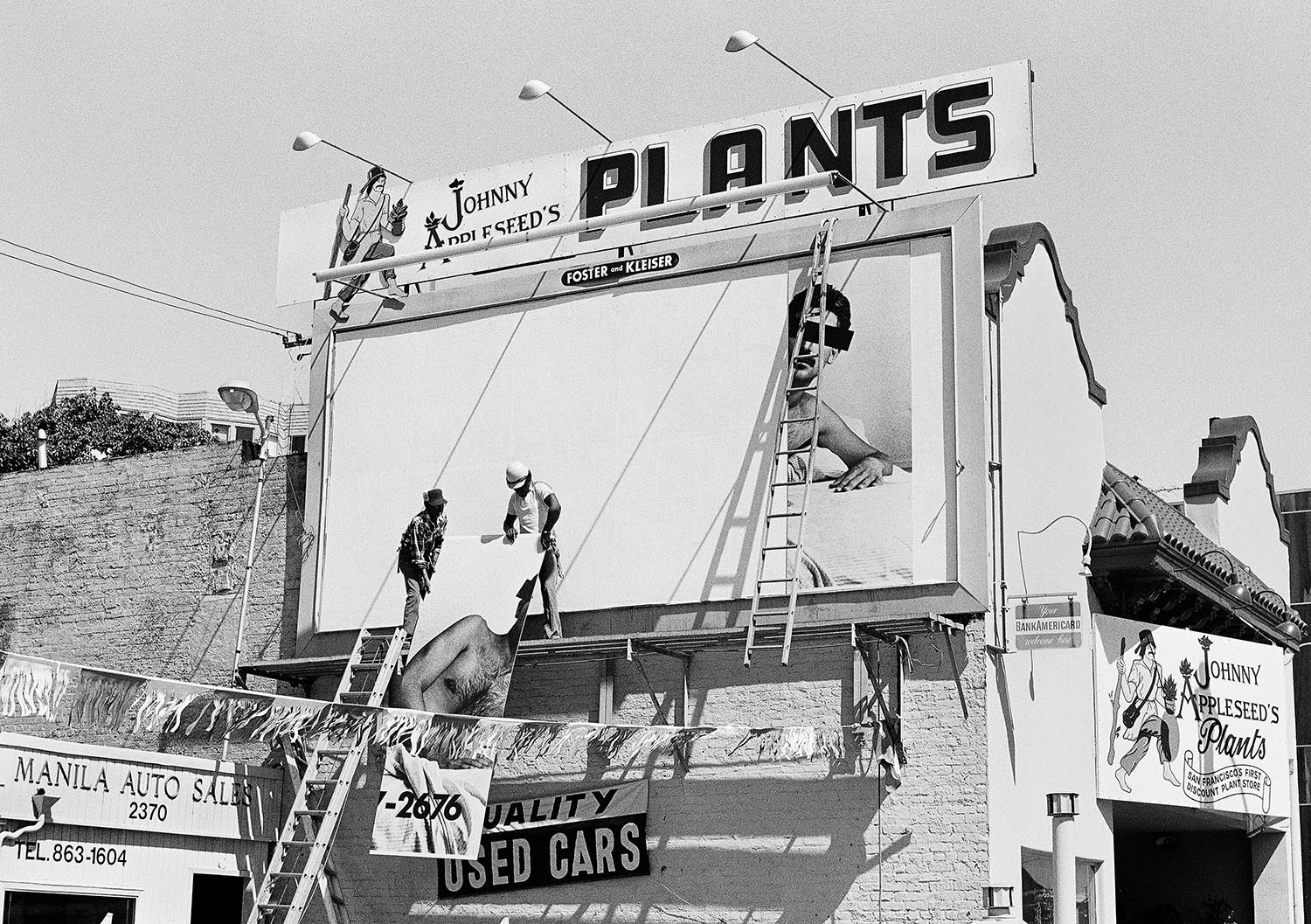Emalin is a nomadic, pop-up exhibition project that mounts shows in a range of spaces: from highly decorated hotel rooms, as in Athena Papadopoulos’s presentation during Frieze 2014, to Nicholas Cheveldave’s show in an old Gianfranco Ferré showroom in Milan. Flash Art talked to co-founder and director Leopold Thun.
How did the project originate?
I began the project with Jasmine Picot Chapman while studying in Scotland. Initially it started out as a magazine that tested the boundaries between photographic editions and a sort of DIY fanzine of photographers we liked. Once we moved to London we realized that the format of a magazine wasn’t enough, and we soon put up our first exhibition in Switzerland.
What is your mission?
We aim to produce shows in new contexts, both for the artists we work with and ourselves. This ideally means that they take greater risks with the works they produce, or step in a new direction from what they usually do. At the same time, we really get to understand their practice more in depth and collaborate with them using a holistic approach that allows them input on the environment in which their work is going to be shown.
What are the structural challenges of your model?
There are several structural challenges such as increased costs due to shipping, temporarily living in a space that isn’t necessarily home, and renovating or adapting the spaces we aim to show at. Our endurance is sometimes tested, too, as each time a new network has to be either created or tapped into: no one likes an empty opening.
The dates of show have in certain cases coincided with art fairs, encouraging new audiences to engage with the works of emerging artists, often London based, and fostering a more international conversation. Can you say more about this?
I must say that this was more often a coincidence rather than a planned decision. For my last exhibition with Nicholas Cheveldave we decided to show his latest body of work in Italy, as it deals with interesting aspects of American coffee culture, which stands in direct contrast to Italy’s. Initially the show was meant to be in Naples, Italy’s coffee stronghold, but ultimately we got offered this wonderful space in Milan, and MiArt was happening at the same time. Of course I do enjoy when an international audience visits the projects, but the local audience should always stay at the forefront. That’s why the exhibitions often stay open longer, well beyond the traveling circus of the art world, and try to engage with their immediate surroundings.
What’s upcoming?
I’m currently staying at Fabian Marti’s TwoHOTEL in Bahia, Brazil, with the London-based painter Stefania Batoeva and the Brazilian artist Adriano Costa. I think that this time I can be sure that the international conversation won’t overshadow the local one.


